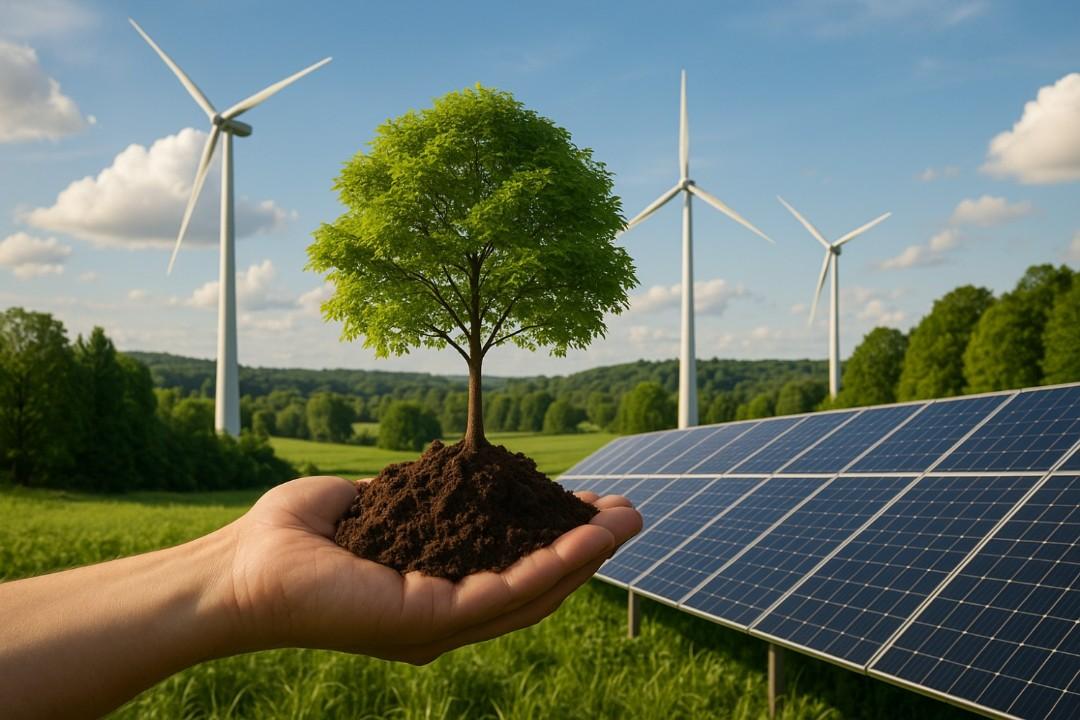Sustainability is no longer just a vision for the future—it’s a necessity driven by the pressing realities of climate change, resource depletion, and environmental degradation. Modern technology and scientific innovation are now deeply intertwined with efforts to protect and restore our planet. From harnessing renewable energy to transforming waste into resources, the marriage of nature and technology offers hope and actionable solutions for a healthier, more balanced world.
1. Renewable Energy: Powering Progress Sustainably
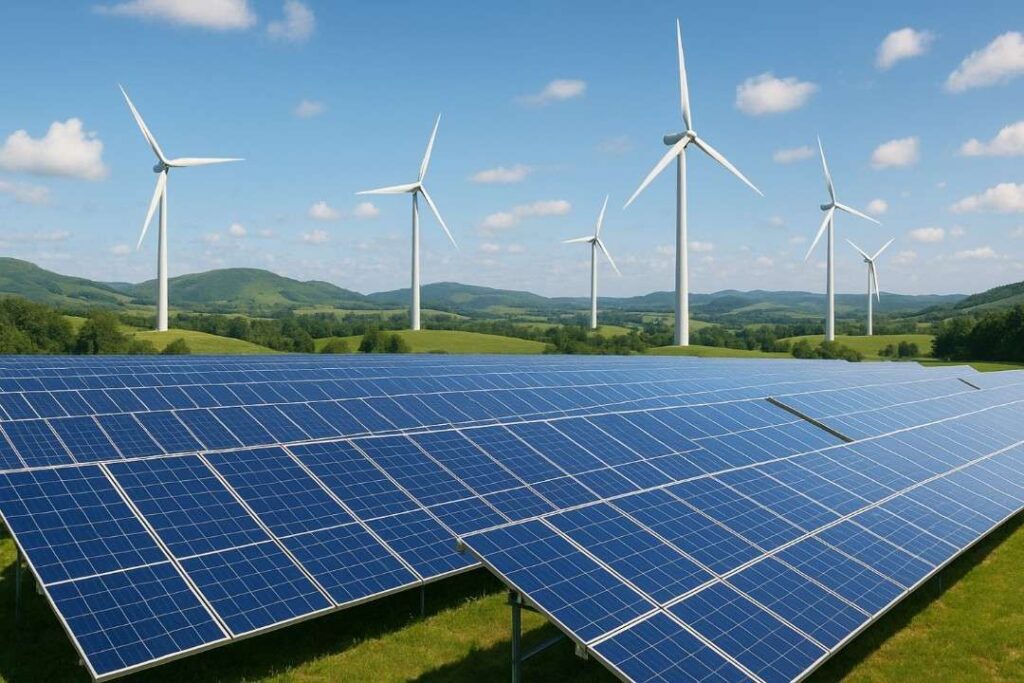
Renewable energy has emerged as the backbone of the sustainable revolution. Solar, wind, hydro, and geothermal technologies offer cleaner alternatives to fossil fuels, dramatically reducing greenhouse gas emissions. Solar panels, for instance, are now more efficient and affordable than ever, making clean electricity accessible globally. Offshore wind farms harness steady ocean breezes, providing significant power without land disruption. Countries like Denmark and Germany lead by example, demonstrating how large-scale adoption of renewables can stabilize energy prices and support economic growth.
Meanwhile, innovative microgrid solutions empower remote communities and developing regions, ensuring energy access where traditional infrastructure falls short. The continued evolution of battery storage and smart grids means that renewable power can be used reliably even when the sun isn’t shining or the wind isn’t blowing. The transition to renewable energy is a critical step in creating a sustainable future for both people and the planet.
2. Smart Agriculture: Feeding the World Responsibly
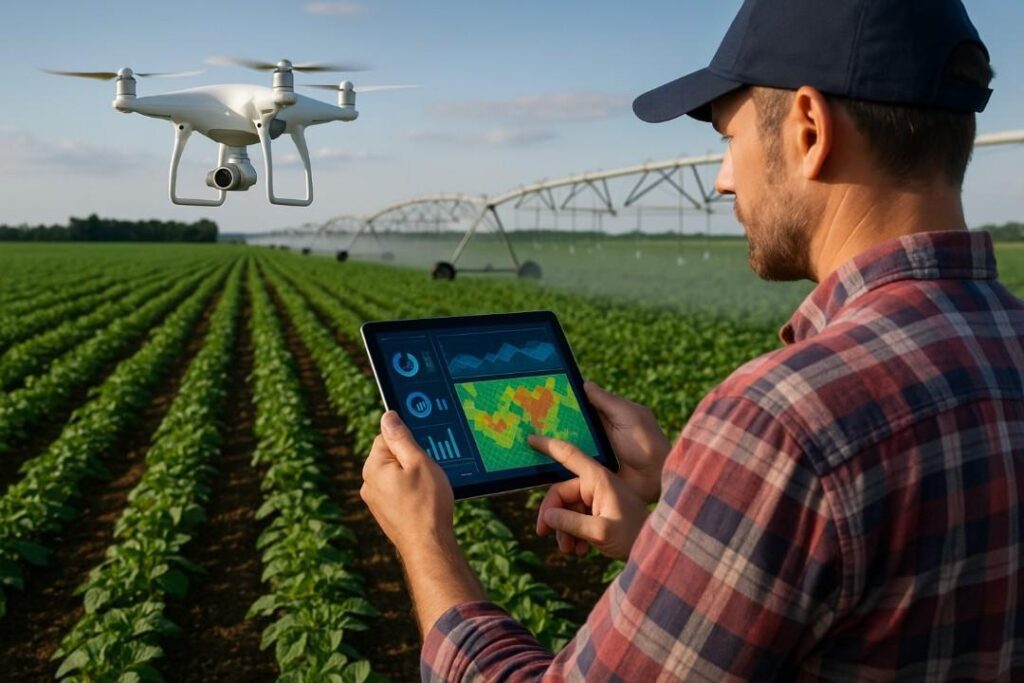
The agriculture sector faces mounting challenges from climate change, population growth, and resource constraints. Smart agriculture, also known as precision farming, harnesses data, sensors, and automation to make farming more efficient and sustainable. Technologies like GPS-guided tractors, drone crop monitoring, and AI-driven soil analysis help farmers optimize resource use, reduce waste, and increase yields. Vertical farming and hydroponics allow crops to be grown in urban settings using less water and land, often without the need for pesticides.
Companies such as AeroFarms and Plenty are pioneering these approaches, bringing fresh produce to city centers year-round. Smart irrigation systems further conserve water, and blockchain technology is being used to ensure transparency and traceability in food supply chains. By blending tradition with innovation, smart agriculture is reshaping how food is produced, ensuring that sustainability and food security can go hand in hand.
3. Green Building and Sustainable Architecture
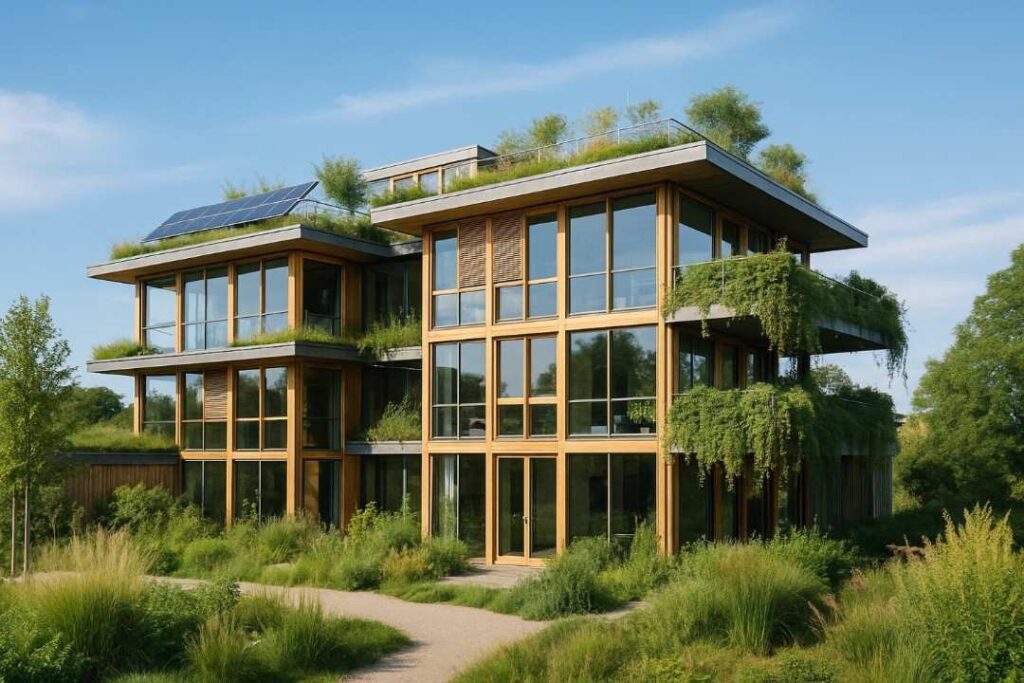
Buildings represent a substantial share of global energy consumption and carbon emissions. Green building and sustainable architecture seek to minimize this impact through design, materials, and energy systems that work harmoniously with nature. Techniques such as passive solar design, green roofs, and advanced insulation reduce the need for heating and cooling. Innovations like living walls, which feature real plants integrated into buildings, enhance air quality and biodiversity in urban spaces.
The use of recycled and locally sourced materials lowers the carbon footprint of construction. Certifications like LEED and BREEAM set high standards for environmental performance, encouraging builders and developers to adopt best practices. Smart home technology, including automated lighting and climate controls, helps occupants reduce energy use without sacrificing comfort. As cities continue to grow, sustainable architecture provides a roadmap for building healthier, more resilient urban environments.
4. Electric Mobility: Driving Toward a Cleaner Tomorrow
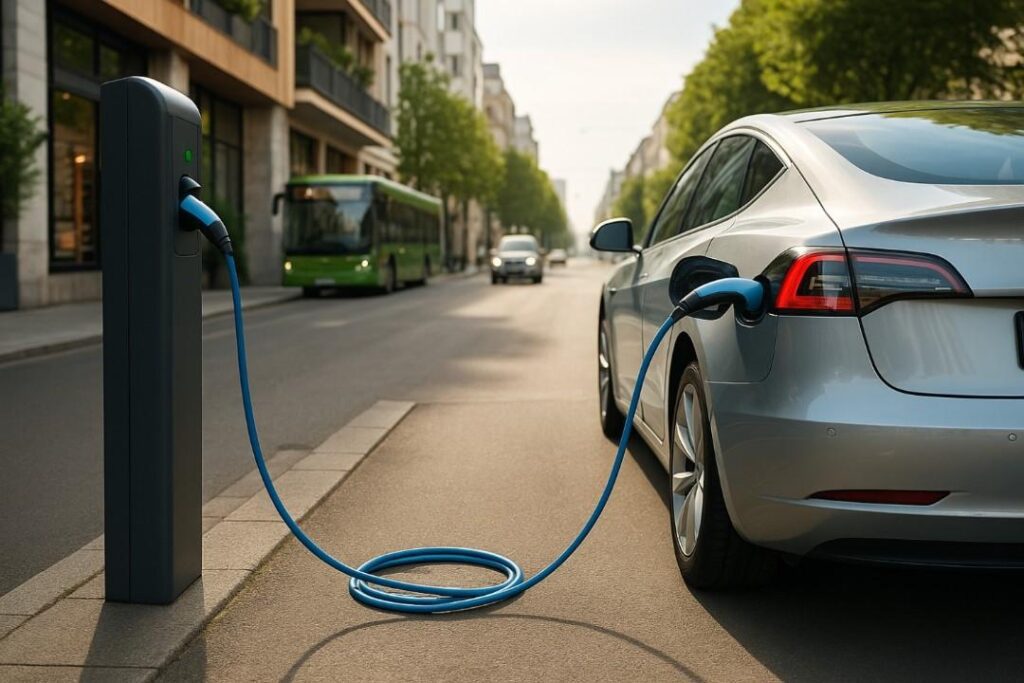
The transportation industry plays a significant role in contributing to air pollution and the emission of greenhouse gases. Electric mobility, encompassing electric cars, buses, bikes, and even scooters, offers a cleaner, quieter alternative to traditional vehicles. Advances in battery technology have significantly extended the range and reduced the charging time for electric vehicles (EVs). Companies like Tesla, Nissan, and BYD are making EVs mainstream, while cities worldwide are deploying electric buses to cut urban emissions.
Charging infrastructure is expanding rapidly, making electric travel more convenient. Public bike-sharing schemes and electric scooters provide eco-friendly options for short city trips, reducing traffic congestion and pollution. Autonomous electric vehicles on the horizon promise even greater efficiency and safety. By shifting to electric mobility, societies can reduce reliance on fossil fuels, improve air quality, and take a major step toward sustainable urban living.
5. Circular Economy: Reducing Waste, Reimagining Resources
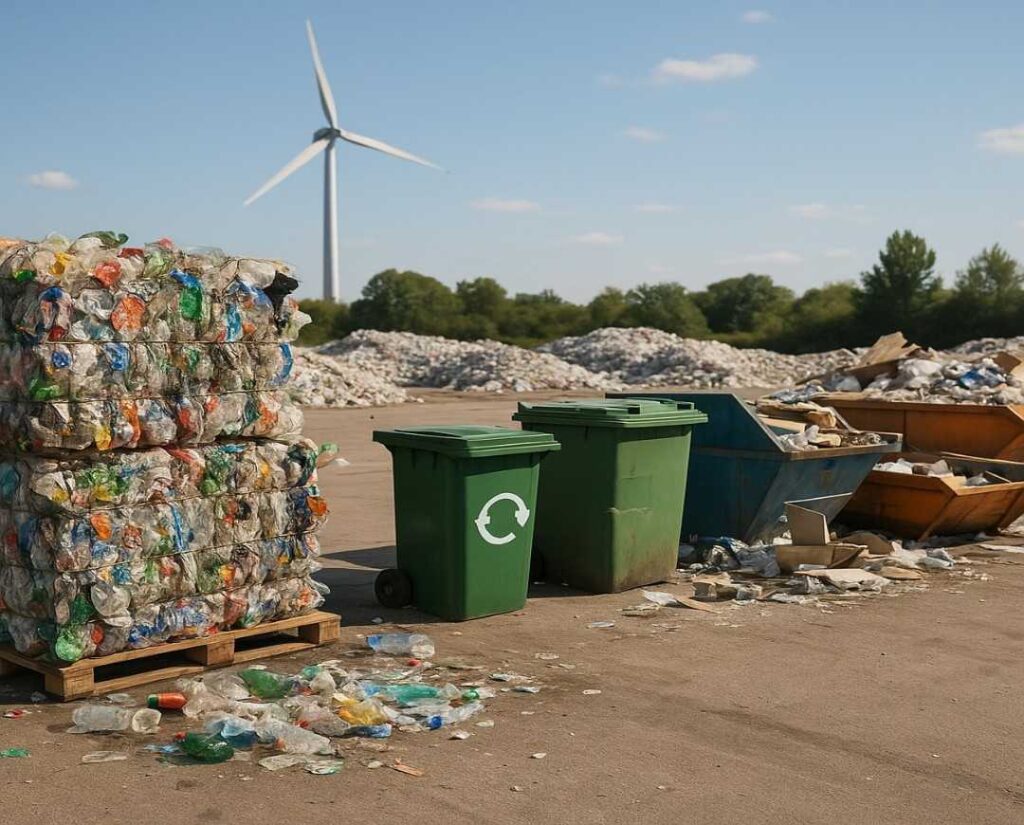
The traditional “take-make-dispose” model of consumption leads to vast amounts of waste and pollution. The circular economy flips this paradigm, focusing on designing products for durability, reuse, and recycling. Companies like IKEA and Patagonia are leading the way, offering products made from recycled or upcycled materials and encouraging customers to return used goods. Innovative startups are transforming waste streams into valuable resources, turning ocean plastic into clothing or food waste into bioenergy.
Extended Producer Responsibility (EPR) laws are holding manufacturers accountable for the entire lifecycle of their products, encouraging more sustainable design choices. The sharing economy, exemplified by platforms like Airbnb and Zipcar, maximizes resource use by facilitating access over ownership. As more businesses and consumers embrace the circular economy, the world moves closer to a system where waste is minimized and resources are continually reused.
6. Conservation Technology: Protecting Biodiversity
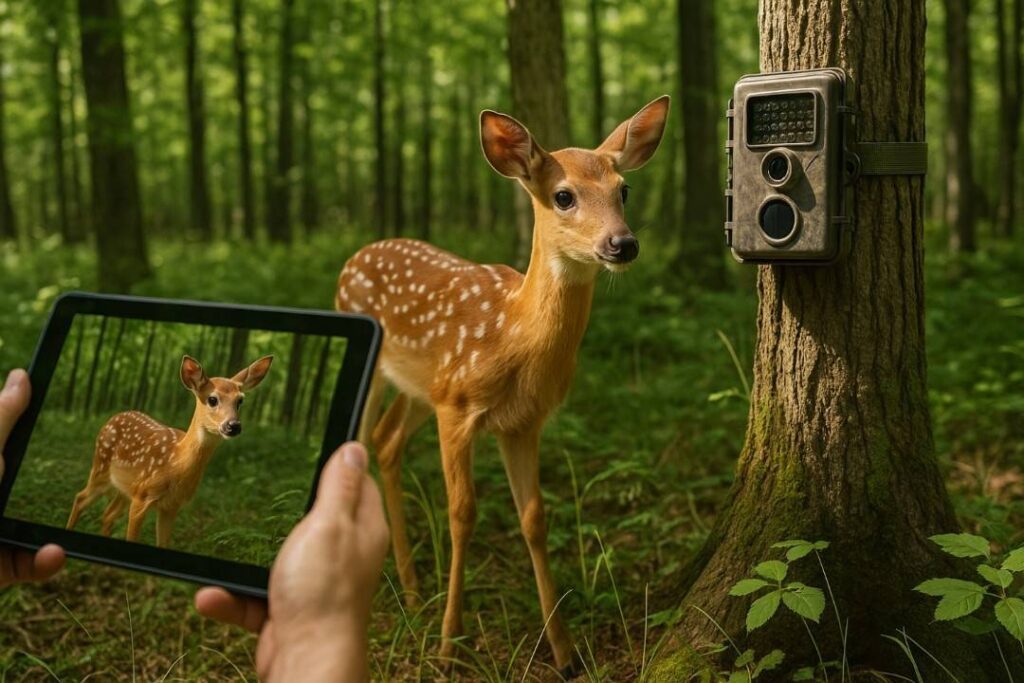
The loss of biodiversity threatens ecosystems and the services they provide, from clean air to pollination. Conservation technology uses cutting-edge tools to monitor and protect wildlife and habitats. Satellite imagery, drones, and AI-powered camera traps enable scientists to track endangered species and detect illegal activities like poaching or deforestation in real-time. Acoustic sensors are used to monitor animal populations and alert conservationists to ecosystem changes.
DNA barcoding helps identify species and assess genetic diversity, crucial for targeted conservation efforts. Non-invasive tracking devices and data platforms facilitate global collaboration among researchers, NGOs, and governments. Projects like Global Forest Watch make data about forest health accessible to all, empowering communities to advocate for protection. Conservation technology is a vital ally in the fight to preserve Earth’s irreplaceable biodiversity.
7. Water Purification and Management Innovations
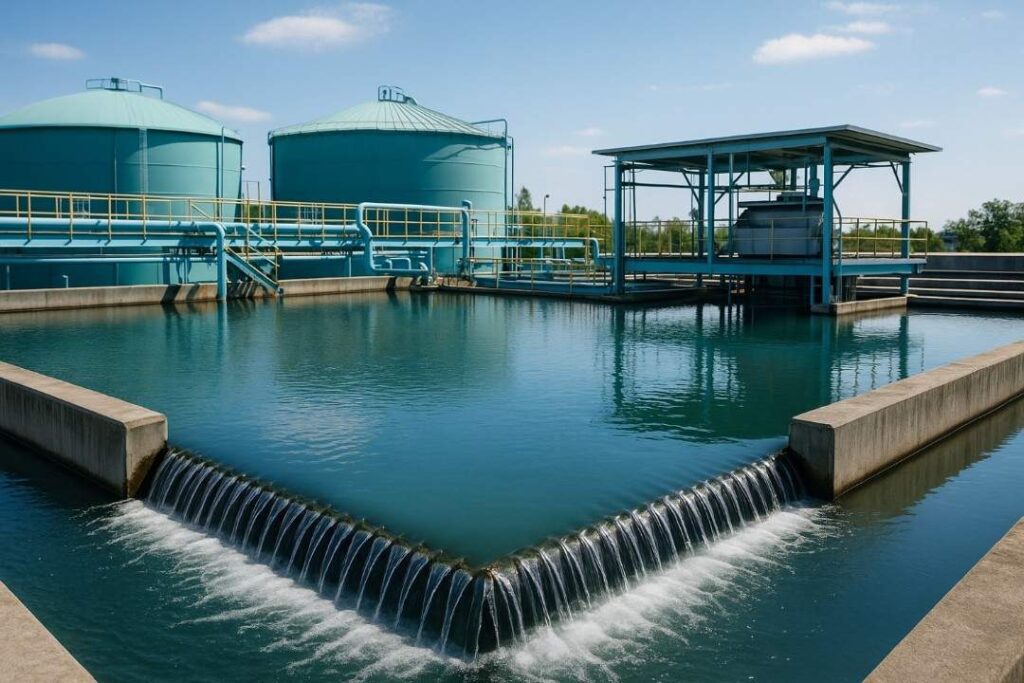
Water scarcity is a growing concern for billions worldwide. Technology is playing a vital role in making clean water more accessible and managing this precious resource more sustainably. Advanced filtration systems, such as reverse osmosis and UV purification, deliver safe drinking water in areas lacking reliable infrastructure. Smart water meters and IoT-enabled leak detection systems help utilities and homeowners identify and reduce water waste.
Atmospheric water generators, which extract moisture from the air, are bringing fresh water to arid regions. Desalination plants are increasingly powered by renewable energy, minimizing their environmental footprint. Nature-based solutions, like constructed wetlands, leverage plants and microbes to purify water naturally. By combining traditional knowledge with modern technology, water purification, and management innovations are ensuring that communities can thrive even in the face of changing climates.
8. Eco-Friendly Consumer Tech

Consumer technology is often seen as a source of waste, but a new wave of eco-friendly gadgets is changing that narrative. From solar-powered chargers to energy-efficient appliances, companies are designing products with sustainability in mind. Modular smartphones and laptops allow users to upgrade components instead of replacing entire devices, reducing electronic waste. Brands like Fairphone and Framework are at the forefront of this movement, offering repairable and ethically sourced electronics.
Smart thermostats, LED lighting, and water-saving showerheads empower consumers to reduce their environmental impact at home. Biodegradable phone cases and compostable packaging further cut down on landfill waste. As demand grows for sustainable products, tech companies are responding with innovations that balance convenience, performance, and planetary health, helping everyday users make greener choices.
9. Urban Green Spaces and Smart Cities
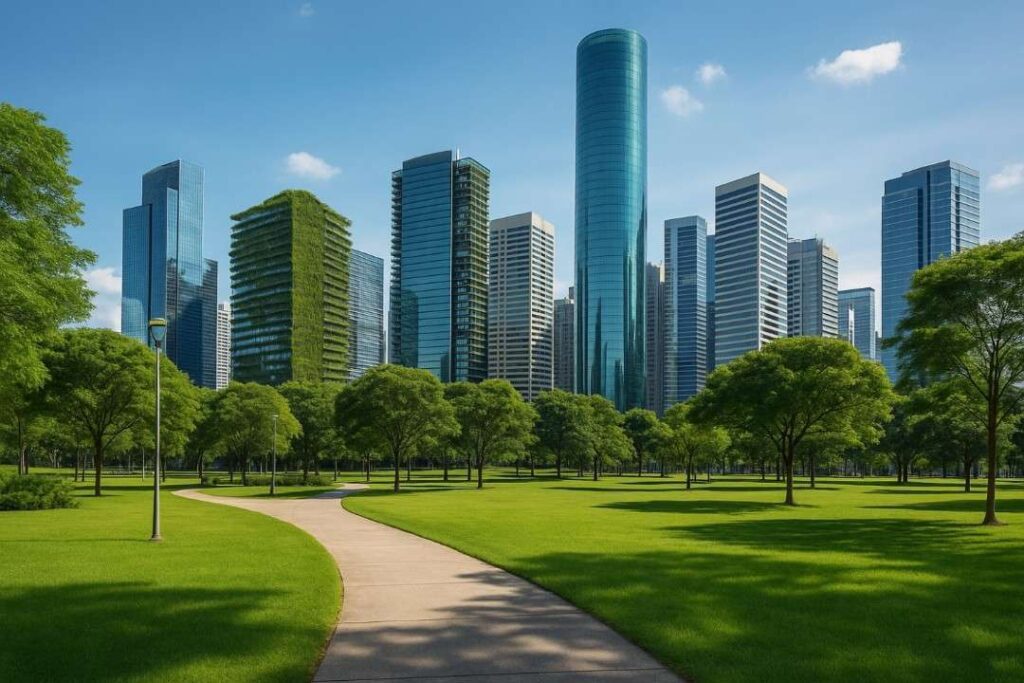
As urbanization accelerates, cities are reimagining their landscapes to balance human development with ecological health. Urban green spaces—such as parks, rooftop gardens, and green corridors—provide essential benefits, from cooling overheated cities to improving mental well-being. Smart city technologies enhance these spaces by using sensors and data analytics to manage resources efficiently, monitor air quality, and optimize public transportation.
Initiatives like Singapore’s “City in a Garden” and New York’s High Line demonstrate how integrating nature into urban design boosts resilience against heatwaves and floods. Green infrastructure, including permeable pavements and rain gardens, helps manage stormwater and reduces urban runoff. By fusing smart technology with thoughtful planning, cities can create environments that support both people and nature, ensuring a higher quality of life for future generations.
10. Climate Data and Artificial Intelligence
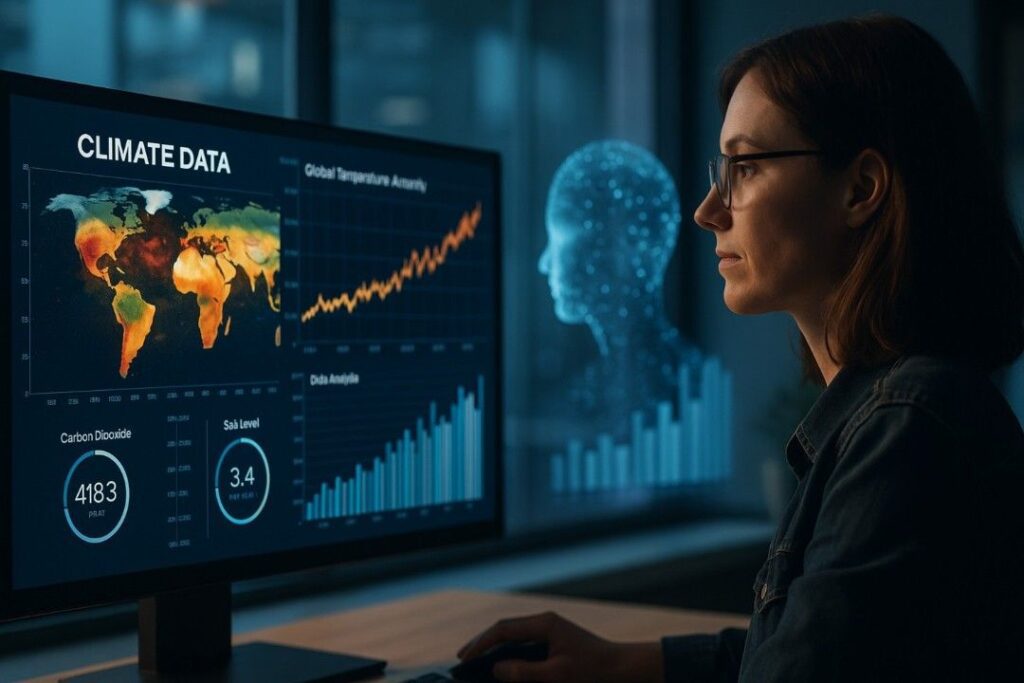
Data is the new currency of sustainability. Artificial intelligence (AI) and big data analytics are transforming how we understand and address environmental challenges. AI-powered models predict weather patterns, track carbon emissions, and simulate the impacts of climate interventions with unprecedented accuracy. Platforms like Google’s Environmental Insights Explorer provide cities with actionable data to shape policies and reduce emissions.
AI is also used to optimize renewable energy grids, forecast crop yields, and detect pollution hotspots. In the fight against deforestation, machine learning algorithms analyze satellite images to identify illegal logging in near real-time. By automating complex analyses and uncovering patterns invisible to the human eye, AI and climate data empower decision-makers to act swiftly and effectively, making the dream of a sustainable world ever more attainable.

